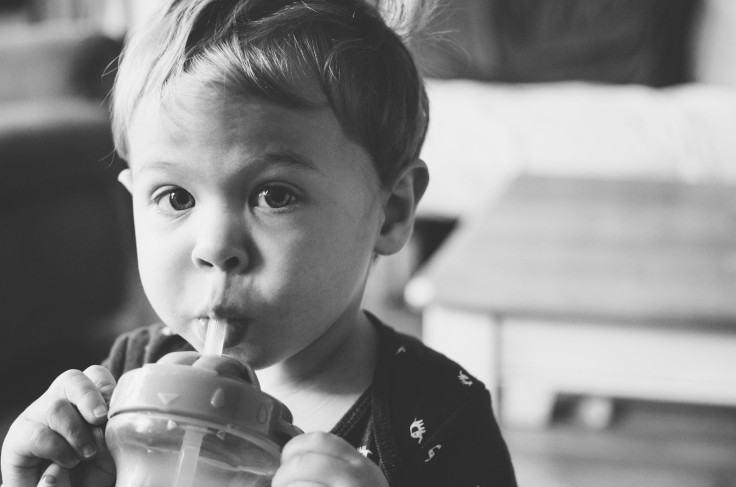Underage Drinking May Stem From Alcohol Ads, Despite Older Intended Audience

Blaming youth misbehavior on TV and movies is an old and generally worn-out tactic, but new research seems to say it still holds water. A study from Dartmouth College has found binge drinking rates among adolescents rise consistently with the number of alcohol advertisements they are exposed to and how strongly they remember them.
In the U.S., alcohol is the most commonly abused drug by minors. According to the Centers for Disease Control and Prevention, it is responsible for more than 4,300 deaths annually, and despite only representing 11 percent of the country’s overall alcohol consumption, 90 percent of that is in the form of binge drinking. In other words, when minors drink, they drink hard.
The desire to get the drunkest the fastest comes from several different places. Foremost, it is a social activity — kids aren’t getting drunk by themselves. Somewhere behind that is familial influence. Research from the National Institute on Alcohol Abuse and Alcoholism shows a child is much more likely to binge drinking if he or she has a parent who binge drinks than a child whose parents don’t binge drink. The latest data suggest television ads wield a similar influence, getting kids familiar with certain brands so that they’ll gradually incorporate the product into their lifestyles.
Through telephone- and web-based surveys, the research team collected information about the viewing habits of 2,541 adolescents between 15 and 23 at baseline. A couple years later, they answered questions about the brand of the product, whether they remembered the ad, and whether they liked it — a composite figure the team called an alcohol advertising receptivity score.
Compared to separate analyses of underage drinking rates, the results showed only a slightly lower receptivity score among those who completed the survey when they were minors. In terms of drinking rates, the investigators wrote, “the alcohol advertising receptivity score independently predicted the onset of drinking, the onset of binge drinking, and the onset of hazardous drinking.”
“The alcohol industry claims that their advertising self-regulation program protects underage youths from seeing their ads,” said Dr. Susanne Tanski, pediatrician and associate professor of pediatrics at the Geisel School of Medicine at Dartmouth, according to HNGN. “Our study indicates that it does not.”
Other research backs up Tanski and her colleagues’ findings. While alcohol ads may protect themselves with calls to “drink responsibly,” the data reveal the gesture is little more than an empty formality. In September of last year, a study published in Drug and Alcohol Dependence found 87 percent of the ads included some form of responsibility message. However, none of the messages ever defined responsible drinking or, less surprising, promoted abstinence.
It shouldn’t be all that surprising the health warnings are absent. Alcohol manufacturers have a lot to gain from deception, especially when they already face laws that forbid them from showing people drinking the alcohol or talking about how it tastes. In fact, DISCUS, the Distilled Spirits Council of the United States, fails to specify in its own set of rules what “drink responsibly” means, only that “Responsible drinking statements should be included in beverage alcohol advertising, marketing materials, and promotional events where practicable.”
Luckily, some other research suggests teen drinking rates are going down overall, in addition to opioid use and cigarette smoking. Given the latest findings, the future may be headed in the right direction to keep kids healthy, but television is unlikely to have much of a hand in making that reality happen.
Source: Tanski S, McClure A, Li Z, et al. Cued Recall of Alcohol Advertising on Television and Underage Drinking Behavior. JAMA Pediatrics. 2015.
Published by Medicaldaily.com



























